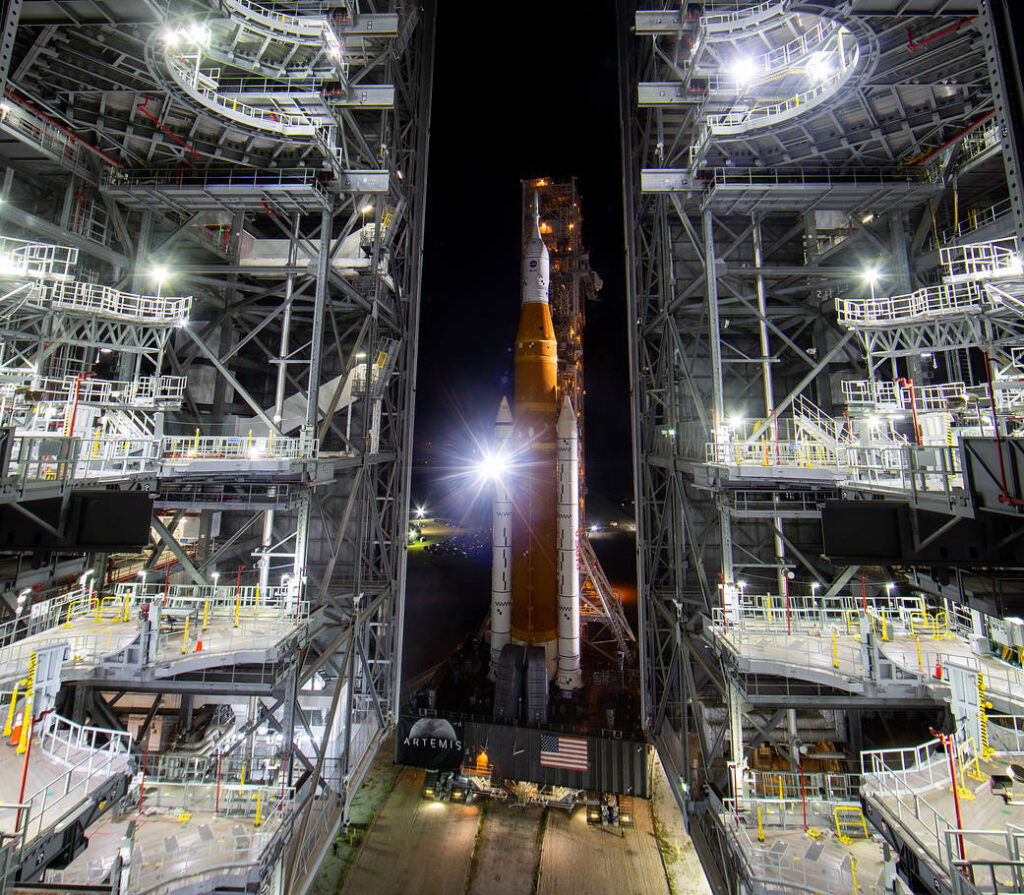29 Aug Building Trust By Saying No: On Refusals, Rocket Launches, and Maintaining Goodwill

Living in this part of Florida, it’s possible to grow acclimated to things like rocket launches. There have been 34 launch attempts from Cape Canaveral this year alone! But today’s launch was supposed to be extra special.
Artemis 1 is a super important mission. It’s the first integrated test of NASA’s deep space exploration program, which will result in humanity returning to the moon and then going even further into space.
The marketing support for this launch has been tremendous. I haven’t been able to get the actual numbers yet, but the budget for the extensive campaign must be literally sky-high. The effort that’s gone into generating excitement about this launch online, via the news media, and even in school classrooms has worked – but it’s also put a lot of performance pressure on NASA’s team.
We’ve Been Here Before
In 1986, the Challenger was launched, flew a very short time, and then exploded. This resulted in the death of the entire crew. This included teacher Christa McAuliffe, who’d been at the center of the storytelling the public was hearing about America’s future in space.
Subsequent to the disaster, analysis revealed that NASA’s oversensitivity to public opinion was one of the factors contributing to going forward with a launch that should have been delayed due to mechanical issues. In other words, having promised the public a lot, NASA felt they had to do what they could to keep that promise even though it wasn’t safe to do so.
In an effort to build trust and love with the public, NASA made a decision that damaged both severely.
Lesson Learned: You Can’t Always Give the Public What They Want. It’s More Important to Do the Right Thing
It’s easy to understand why NASA works so hard at public relations. They need the public to love and trust them, because public funding – ie governmental appropriations – is easier to get when the people actively support what you’re doing.
However, you don’t create love and trust simply by giving someone everything they want. Life is more complicated than that. As space explorers – and, perhaps more relevant to your daily life, as business leaders – we are often faced with situations where things aren’t going exactly as planned. A choice has to be made: try to fulfill expectations, even though the risk of catastrophic failure is high – or act to address the risk of catastrophic failure and manage the disappointed expectations.
NASA chose incorrectly in 1986. However, in the subsequent decades, a massive cultural change has happened. While there’s definitely still a significant amount of pressure to perform in place, the decision to take more time and do the job properly is now easier for leadership to make.
That’s what happened with this morning’s launch. Even though many governmental leaders and dignitaries – including Vice President Kamala Harris – were on hand to see the event, along with hundreds of thousands of tv and online viewers, when technical issues emerged during the pre-launch process, leadership made the decision to delay the mission.
Is this disappointing? Absolutely. Is it the right decision? In terms of building trust and love with the public, absolutely. Succumbing to public pressure is easy. Taking a stand to do the right thing – even when you’re in the global spotlight – can be difficult. But if you want people to trust you, you have to be willing to disappoint them when it’s necessary to do the right thing. Done consistently, that’s how you wind up among the stars.

